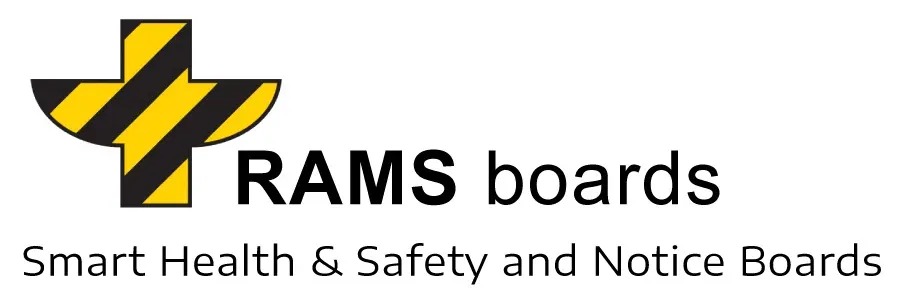Positioning RAMS boards effectively on a construction site is crucial for maximizing their utility in promoting safety, health, environment, and quality (SHEQ) standards. The strategic placement of these boards is key to ensuring that all personnel on site are consistently aware of and can easily access vital safety information and guidelines. Here are the best practices for positioning RAMS boards on a construction site:
- Entry Points to the Site: Placing RAMS boards at all entry points ensures that every person entering the site is immediately made aware of the safety protocols, emergency procedures, and site-specific regulations. This placement is crucial for first-time visitors or new employees who need to familiarize themselves with the site`s safety standards.
- Briefing Points: RAMS boards should be positioned at common briefing areas where daily meetings or safety briefings are held. This allows for easy reference to safety information during discussions and ensures that all personnel are regularly reminded of safety practices and updates.
- New Sections of Work Scope: As work progresses and new areas of the site become active, relocating or adding RAMS boards in these new sections is essential. This ensures that safety information is always relevant and accessible in areas where work is currently being undertaken.
- Next to Site Offices and Canteens: Areas with high foot traffic, such as near site offices and canteens, are ideal for positioning RAMS boards. These locations ensure high visibility and accessibility for the workforce, especially during breaks when they might seek information or need to report incidents.
- Near Consumable PPE Stations: Placing RAMS boards near stations where Personal Protective Equipment (PPE) is available reinforces the importance of using appropriate safety gear. This also allows for the display of information regarding the correct use and maintenance of PPE.
- Visible and Accessible Locations: RAMS boards should be placed in locations that are not only visible but also easily accessible to all site personnel. Avoiding obscured or hard-to-reach areas ensures that the information is effectively communicated to everyone on site.
- Weather Considerations: Given their design to withstand various weather conditions, it`s best to position RAMS boards in areas where they can remain effective under different environmental conditions, such as avoiding direct water spray or excessively muddy areas.
- Adaptation to Site Changes: As construction sites are dynamic, it`s important to regularly reassess the positioning of RAMS boards to ensure they continue to meet the site`s evolving needs and remain relevant to the current scope of work.
- Customization for Site-Specific Needs: Considering the customizability of RAMS boards, they should be adapted and positioned in a way that reflects the specific requirements and risks associated with each individual construction site.
- Compliance with Site Layout and Safety Plans: The positioning of RAMS boards should be in line with the overall site layout and integrated into the site`s safety and emergency response plans, ensuring a holistic approach to safety communication.
In summary, the strategic positioning of RAMS boards on a construction site is integral to their effectiveness. Placement at entry points, briefing areas, new work sections, high-traffic zones, and near PPE stations, while ensuring visibility and accessibility, optimizes the impact of these boards in maintaining high safety standards and promoting a culture of safety awareness.
